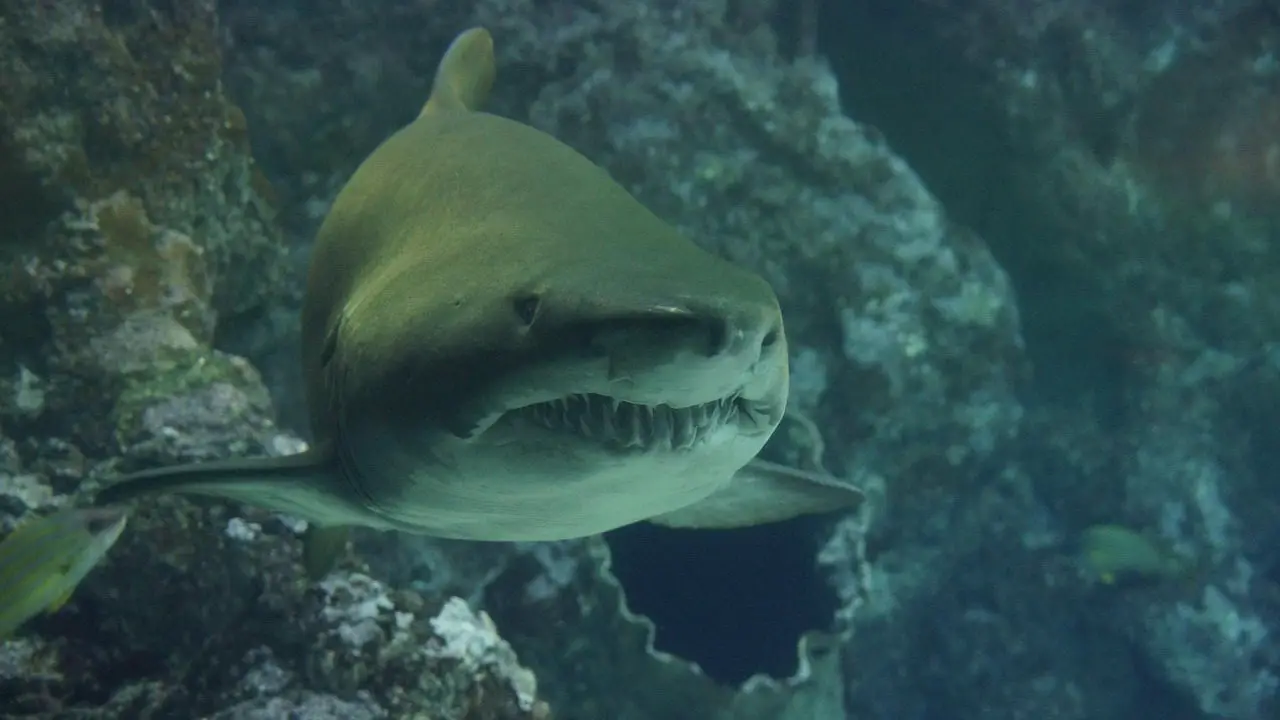Scientists believe that sharks has been around underwater for as long as 420 million years and has been changing their appearance ever since. Until today, sharks have more than 470 known species around the world. Typically, there are two very distinct classes of fish based on their internal structure: cartilaginous fish and teleost fish. Cartilaginous fish consists of rays, sharks and chimaeras. Thus, sharks are those groups of fishes that fall under the class of cartilaginous fish. As the name suggests, cartilaginous fish does not possess bones rather they are made up of cartilage. On the contrary, teleost fish is composed of a bony structure. Therefore, sharks do not have bones in their body instead their body consists of cartilage.
Cartilage | Do Sharks Have Bones
Now that, what is this thing called cartilage? Well, cartilage is basically a stretchy but a very hard tissue. It is found between bones of many land vertebrates including us. Humans and other vertebrates have cartilage located within joints and rib cage, nose, and ear and so on. As compare to a bone, cartilage is relatively softer. The density of cartilage is just about 50 percent less than the density of bones. However, it is much harder and solid than muscles.
 Though all connective tissues have blood vessels but there are no blood vessels in a cartilage which makes it quite unique. One of the benefits of having cartilage inside shark’s body is that it is very lightweight as compare to bones. In this way, shark does not need to exert too much effort on moving ahead and saves a lot of useful energy while swimming. Due to this cartilage, the weight of the shark is decreased and it can easily move around. Unlike typical fish, sharks do not have any bladder that may help them to float in water. Those fish that have bones can move around in more directions than sharks. However because sharks are made up of cartilage (which are more flexible than bones), they are able to turn directions in much lesser space than bony fish.
Though all connective tissues have blood vessels but there are no blood vessels in a cartilage which makes it quite unique. One of the benefits of having cartilage inside shark’s body is that it is very lightweight as compare to bones. In this way, shark does not need to exert too much effort on moving ahead and saves a lot of useful energy while swimming. Due to this cartilage, the weight of the shark is decreased and it can easily move around. Unlike typical fish, sharks do not have any bladder that may help them to float in water. Those fish that have bones can move around in more directions than sharks. However because sharks are made up of cartilage (which are more flexible than bones), they are able to turn directions in much lesser space than bony fish.
Want to know more? Just look out: How many Teeth do Sharks have
Do Sharks Have Bones
In sharks, the outer layer of skin is covered with placoid scales which are also called dermal denticles. This portion of skin also consists of a substance (known as vitrodentine) that seems like enamel. Now beneath this skin, there is a very solid skin. This bulky skin (below the outer skin) is made up of very hard fibres that are fit together in such a manner that they form a kind of network. These fibres are not inflexible but elastic and are composed of a protein named as collagen. It is with this network of fibres that the swimming muscles of the shark are connected. This arrangement is very handy from mechanical point of view in that it allows the fish to conserve a lot of useful muscular energy. In this way, sharks save a great deal of energy due to cartilage because bones require much more effort.
Want to know more? Just look out: How Long do Sharks live
References:
“The Importance of being Cartilaginous”. Biology of Sharks and Rays. ReefQuest Centre for Shark Research n.d. Web. 20 Sept. 2014.
“Differences between Sharks and Bony Fish: More than Just the Skeleton”. Shark Savers. n.d. Web. 20 Sept. 2014.






Leave a Reply